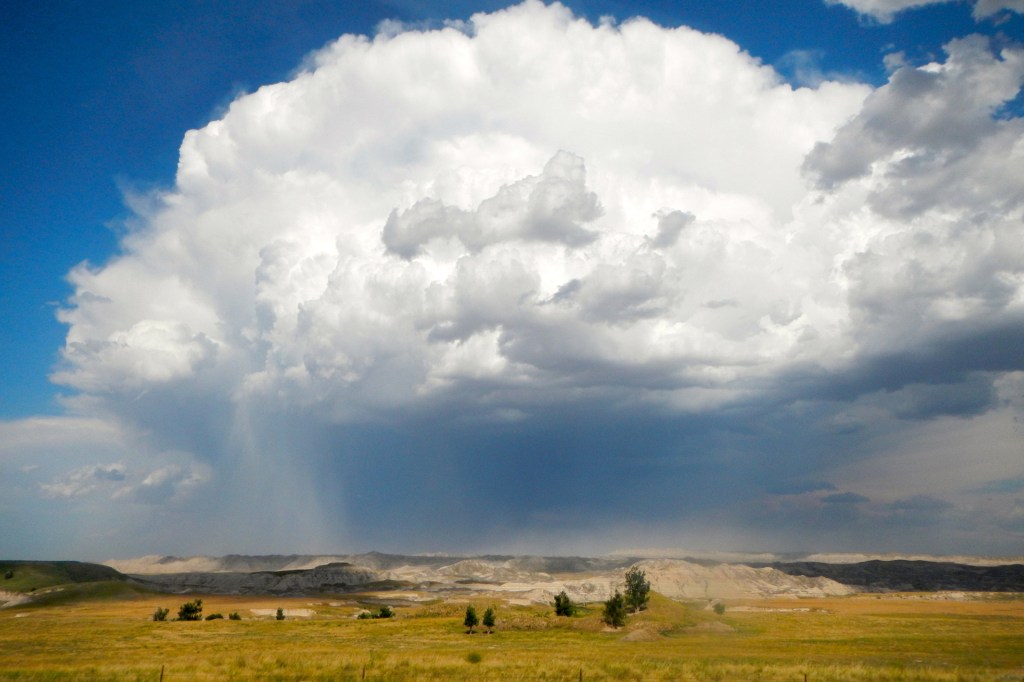As the executive director of Lakota Funds, the first ever Native Community Development Financial Institution (NCDFI), I can give you a first-hand account of the power of investments. I came to Lakota Funds, located on the Pine Ridge Indian Reservation in South Dakota, over a decade ago, and since then we have made remarkable progress improving access to credit and creating wealth-building opportunities for members of the Pine Ridge community.
For example, our CDFI helped to create the Lakota Federal Credit Union, the first federally-insured credit union on Pine Ridge since 1935. We’ve created child development accounts and established matching savings programs for our youth. We’re also converting Eagle Nest Housing, a low-income tax credit housing development, into opportunities for Native families to own their homes versus renting them. Since its launch in 1986, Lakota Funds has deployed more than $20 million in loans, helped establish or expand more than 1,200 businesses, and created or maintained 2,100 jobs on or near Pine Ridge.
For all of our successes—while working in some of the poorest counties in the United States—we struggle to find investors, banks in particular. In our 35 years extending credit to Native communities, not once has a bank invested in our work. Instead, we’ve relied on CDFI Fund grants, foundations, and philanthropic investors. We have never defaulted on repayment of an investment. But yet, not a single investment in our CDFI has come from a bank.
We are invisible to them.
The lack of bank investment is a critical problem for our CDFI. We are on track to deploy more than $5 million in loans this year, but without more capital, Lakota Funds won’t be able to meet the needs of our communities next year. The fallout of such a shortfall is reflected well beyond numbers on a spreadsheet. Unmet credit needs mean new businesses don’t get launched and existing ones don’t get expanded. It means fewer or no new jobs are created, and as a result, our economies remain fragile.
On the Pine Ridge reservation, 59 percent of the population is unbanked. Many live in substandard housing, with facilities that are overcrowded, lacking complete kitchen facilities or plumbing, or both. There’s also a shortage of housing. One study recently identified a shortage of 1,500 to 1,700 housing units to meet the needs of the American Indian and Alaska Native population. This number does not capture those who already left the reservation to obtain housing elsewhere.
When I started at Lakota Funds in 2008, it represented an opportunity for me to come back home and serve my community. This is true for all our staff: Most are tribal members, and the remainder have worked here for their entire lives. Unfortunately, banks don’t factor that side of our story into their investment denials.
Instead, we are told by banks that providing financial services on the reservation is too expensive, too cumbersome, too risky. This message is reinforced by myths that banks can’t secure a mortgage or other liens to lend on the reservation. Lakota Funds team members know the process to get a mortgage recorded. We know how to record liens, and we know how to effectively underwrite to meet the needs of borrowers and businesses—like staff at other NCDFIs know how to do these things in their own communities. And we excel at doing such work.
Use us. Invest in us.
There are many opportunities for national and regional banks to support Native CDFIs, including loan participations, loan purchases, and technical assistance. If banks wish to fulfill their obligations to underserved communities, they should more proactively seek the expertise and community connections that NCDFIs offer. When banks invest in NCDFIs, we all win. Banks earn CRA credit for the investments, Lakota Funds and other NCDFIs gain more loan capital to keep investing in our communities without interruption or pause, and most importantly, our communities prosper with more steady access to capital.
Views expressed are those of the author and do not necessarily reflect the views of the Federal Reserve.







